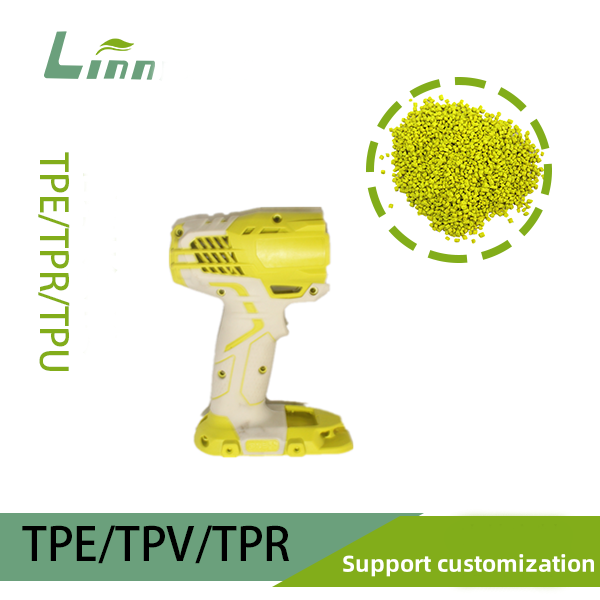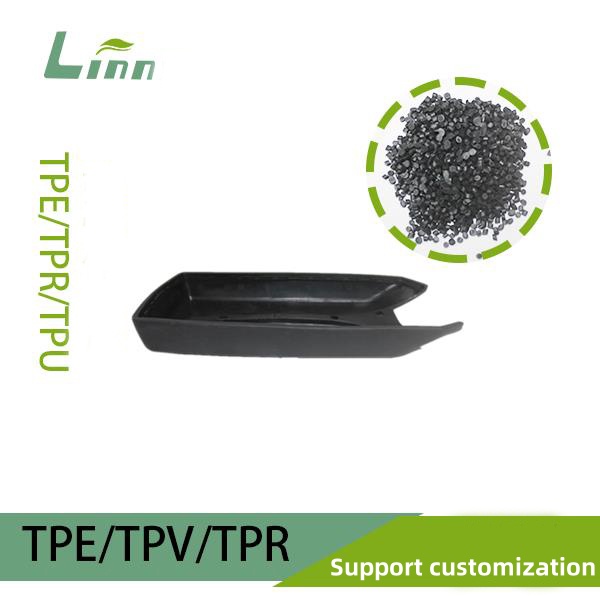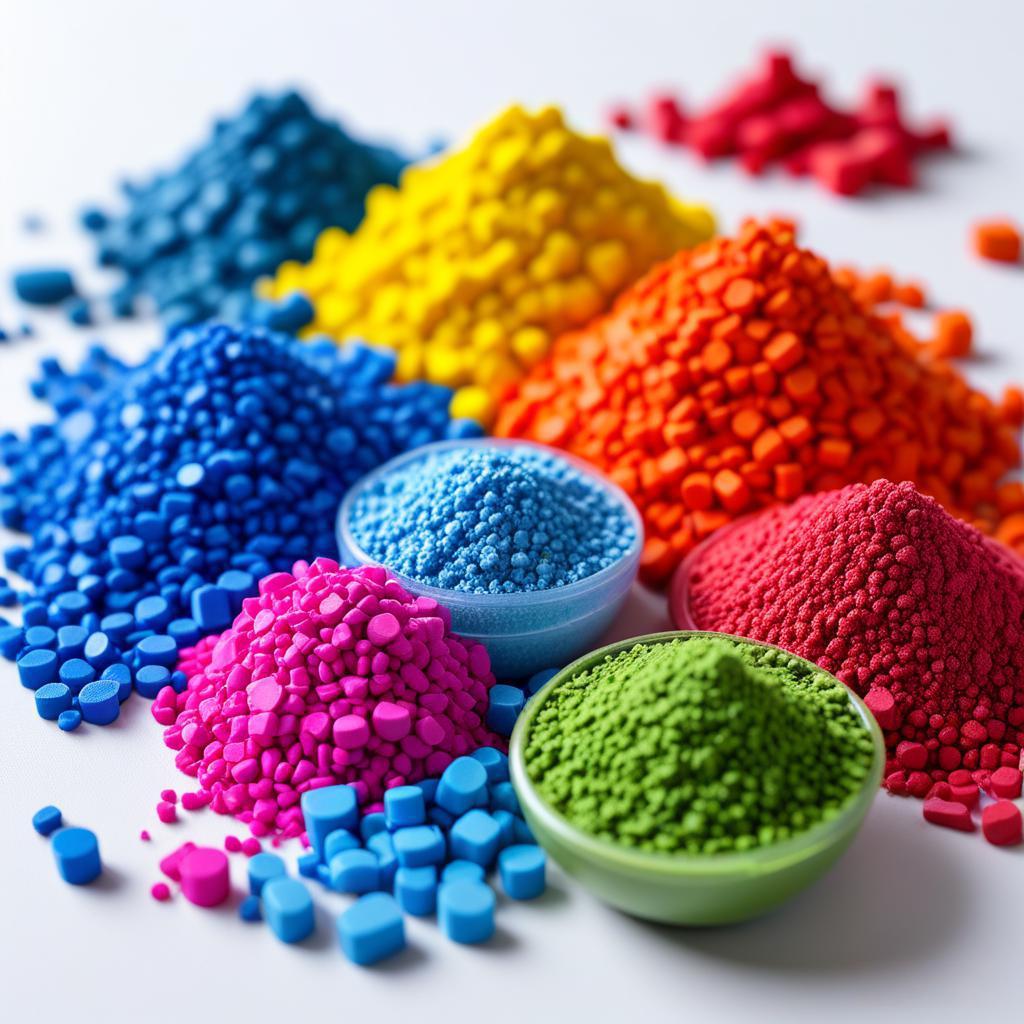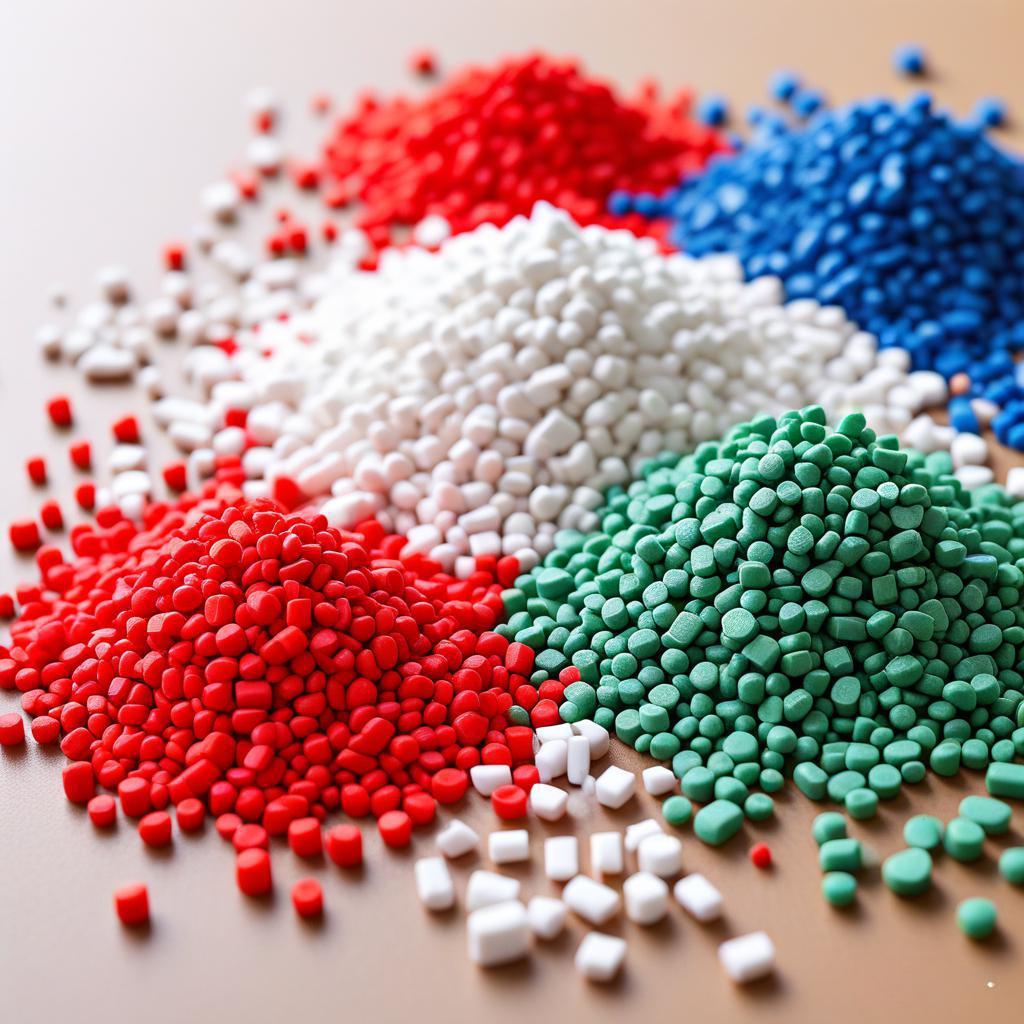As someone who’s been working in the TPE (Thermoplastic Elastomer) processing industry for years, I know how frustrating stringing can be during injection molding. This issue doesn’t just affect the appearance of your product—it can damage molds, slow down production, and even raise concerns about quality from clients. In this article, I’ll dive deep into why stringing happens with TPE materials, how to fix it, and share some practical tips from my experience to help you resolve this common challenge.

Why Does Stringing Happen with TPE Materials?
Stringing occurs when molten TPE material forms thin, string-like residues at the gate or parting line during injection molding. It’s often caused by insufficient cooling or uncontrolled flow properties as the material exits the nozzle or mold. From my experience, several factors contribute to this issue:
Material Properties: TPE’s molecular structure makes it highly flowable at high temperatures but prone to sticking as it cools.
Improper Process Parameters: Issues like excessive injection pressure, incorrect temperatures, or inadequate holding time can worsen stringing.
Mold Design Flaws: Problems with gate size, venting, or cooling systems can amplify the issue.
Equipment or Environmental Factors: A clogged nozzle or high humidity in the workspace can also play a role.
The first time I dealt with stringing, I was stumped. It took a lot of trial and error to figure out what was going wrong. Below, I’ll break down solutions from four angles—material, process, mold, and equipment—to help you tackle this problem systematically.

How to Fix Stringing in TPE Injection Molding
1. Start with the Material: Choose the Right TPE and Optimize the Formula
TPE comes in many grades, each with different flow, viscosity, and cooling characteristics. If stringing is a recurring issue, the material itself might be the culprit.
Select the Right TPE Grade: High-flow TPEs (with a high Melt Flow Index, or MFI) are more prone to stringing. Switching to a lower-MFI grade or consulting with your supplier for a tailored material can make a big difference. I once helped a client switch from a high-MFI SEBS-based TPE to a lower-MFI TPU-based one, and the string clit was significantly reduced.
Ensure Proper Drying: TPE is hygroscopic, meaning it absorbs moisture easily. If not dried thoroughly (I recommend drying at 175-210°F for 2-3 hours), moisture can vaporize during molding, causing stringing. My go-to is using a dehumidifying dryer to keep moisture content below 0.1%.
Add Processing Aids: Incorporating small amounts of anti-stick agents or mold release additives (like silicone-based aids) can reduce stringing. Keep the dosage low—around 0.5%-1%—to avoid compromising the product’s properties.
Pro Tip: If you’re unsure about your material choice, reach out to Linn’s material engineers. They can recommend a TPE grade that matches your molding needs.

2. Optimize the Molding Process: Fine-Tune Your Parameters
The injection molding process is often where stringing issues can be resolved. Here’s a breakdown of key parameters to adjust:
| Parameter | Why It Causes Stringing | How to Fix It |
|---|---|---|
| Barrel Temperature | Too high, leading to excessive material flow | Lower to 355-430°F (adjust per material); keep rear zone slightly cooler than middle. |
| Mold Temperature | Too low, causing uneven cooling | Increase to 105-140°F to ensure uniform cooling in the mold cavity. |
| Injection Pressure | Too high, causing material to jet out too fast | Reduce to 1150-1750 psi; use staged injection to gradually build pressure. |
| Holding Time | Too short, allowing material to flow back | Extend to 0.5-2 seconds to ensure gate material cools fully. |
| Cooling Time | Too short, leaving material partially molten | Extend to 5-15 seconds (depending on part thickness) for complete solidification. |
| Nozzle Temperature | Too high, causing material to stick at the nozzle | Lower by 10-20°F below the barrel’s rear zone; clean nozzle regularly. |
My Experience: I once worked on a TPE phone case project where stringing wouldn’t stop. After dropping the barrel temperature from 445°F to 390°F and adding 0.8 seconds to the holding time, the issue disappeared. My advice? Adjust one parameter at a time and log the results to find the sweet spot.
3. Improve Mold Design: Address Stringing at the Source
The mold plays a critical role in how TPE behaves during molding. If material and process tweaks aren’t enough, it’s time to look at the mold.
Optimize Gate Design
Needle Valve Hot Runner: Unlike standard sprue gates, needle valve hot runners allow precise control over material flow, reducing stringing. I switched a client’s mold to this setup, and stringing dropped from 20% to 2% of parts.
Gate Size: Gates that are too large or too small can cause stringing. Aim for a gate size of 0.02-0.06 inches, depending on part thickness, and ensure smooth edges.
Enhance Venting
Poor venting traps air in the mold, creating hot spots that worsen stringing. Adding vent slots (0.0004-0.0012 inches wide) at the parting line or cavity end can help gases escape smoothly.

Improve Cooling
Uneven cooling is a common stringing trigger. Check that cooling channels are evenly distributed and water flow is adequate (keep water at 60-75°F). I once fixed a mold where one side’s cooling channel was clogged, causing localized overheating—problem solved after a quick cleanup.
Surface Treatment
Polishing or coating the mold surface near the gate (e.g., with DLC coating) reduces TPE’s tendency to stick, cutting down on stringing.
Real-World Example: Last year, I optimized a TPE seal ring mold. The original sprue gate caused rampant stringing. Switching to a fan gate and adding vents at the cavity end boosted the pass rate from 85% to 98%.
4. Maintain Equipment and Control the Environment
Don’t overlook equipment and environmental factors—they can sneakily contribute to stringing.
Clean the Nozzle Regularly: Carbonized material or debris in the nozzle disrupts flow, leading to stringing. I recommend cleaning with a specialized agent after each shift.
Check Screw Wear: A worn screw can cause uneven material mixing, indirectly worsening stringing. Inspect the screw with an endoscope and replace it if needed.
Control Humidity: TPE’s sensitivity to moisture means high humidity (keep it below 50%) can increase stringing. My workshop uses industrial dehumidifiers year-round with great results.
Stabilize Power Supply: Voltage fluctuations can disrupt heating consistency, affecting barrel temperature. A voltage stabilizer ensures steady operation.

After Fixing Stringing: Steps to Stay on Track
Solving stringing is a win, but maintaining consistent results requires follow-up:
Create a Process Log: Document optimized parameters, material grades, and mold setups in a Standard Operating Procedure (SOP). This ensures smooth handoffs between operators.
Review Periodically: Every few months, analyze production data to catch any recurring stringing issues or opportunities for improvement.
Train Operators: Stringing often ties to operator experience. Regular training sessions on debugging techniques can minimize errors.
My Lesson Learned: I once spent three days perfecting a machine’s settings to eliminate stringing, only for a new operator to reset everything the next day because I didn’t document the parameters. Now, I log everything religiously—no more slip-ups.
Common Questions About TPE Stringing
To wrap up, here are answers to some frequent questions I get about stringing, based on my experience:
Q1: Why does stringing only happen with certain material batches?
A: Batch-to-batch variations in properties like MFI or hardness could be the cause. Check the supplier’s quality reports for consistency. If there’s a big difference, ask for a reformulated batch.
Q2: Lowering the temperature reduced stringing, but now I’m seeing bubbles. What’s wrong?
A: Bubbles often stem from poor venting or insufficient drying. First, check if vent slots are clogged. Then, ensure the material is fully dried. If issues persist, slightly increase backpressure (145-290 psi) to improve material mixing.

Q3: Mold release helped with stringing, but the product feels greasy, and clients aren’t happy. Any fixes?
A: Too much release agent can cause greasiness. Cut back to 0.2%-0.5% or try a dry release agent. For high-surface-quality parts, polish the mold to reduce reliance on release agents.
Q4: Stringing is minor in small batches but worsens in large runs. Why?
A: Continuous operation heats up the mold and machine, potentially over-melting the material. Enhance mold cooling, shorten cycle times, or pause briefly every few hours to clean the nozzle.
Q5: Does stringing affect product performance?
A: Minor stringing mainly impacts aesthetics, but severe cases (e.g., torn gates) can weaken the part. Prioritize eliminating stringing to ensure consistent quality.
Final Thoughts
TPE stringing can be a tough nut to crack, but by systematically addressing material, process, mold, and equipment factors, you can get it under control. From years in the field, I’ve learned that patience and attention to detail are your best tools. Don’t rush to tweak settings blindly—analyze, test, and document to build a reliable process.
If you’re facing other TPE molding challenges, feel free to reach out to Linn’s team—we’re here to help. I hope this guide gives you the tools to conquer stringing and boost your product quality!
